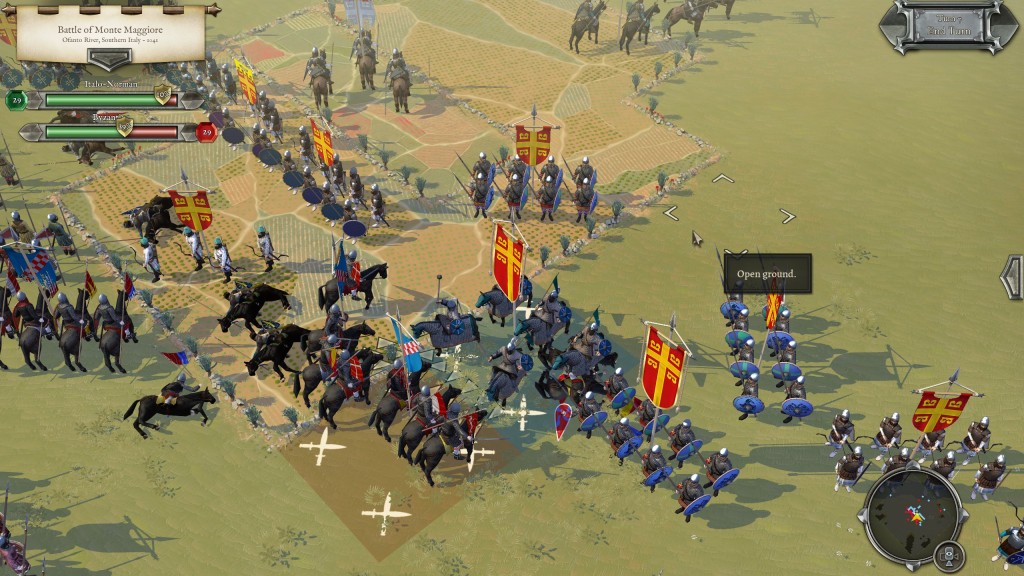
Hello, reader. Reader, here’s Wargame Showcase. Wargame Showcase, here’s my favourite reader. What kind of cryptic concoction is this? Well, my dearest, Wargame Showcase is a new feature by yours truly. Expertly crafted- afters years of study- to showcase games that might interest you, focusing on a couple of very specific parameters such as Historical Authenticity, Mechanical Depth and treatment of the Subject Matter. Wargame Showcase will run alongside it’s twin brother “Strategical Showcase” where “Strategy” games, in a more traditional sense, will get the same treatment.
Historical Context
Similiar to the base game, Field of Glory II: Medieval, the new endeavour from Byzantine Games, Field of Glory II: Medieval – Reconquista takes the formula we’ve grown so accustomed to since the original FoG II 2017 and transposes it’s systems, with their due adaptations, into the later formative years of of the medievo period.
Wishing to avoid any mistakes and misinterpretations, I’ll disclaim that I have graduated in history, with the medieval period – mainly systems of law and the nature of warfare – taking a very special place in my heart. Nevertheless, let’s have a look at how good FoG II is at being a video game and, more importantly, how good it is at portraying medieval warfare.
Medieval warfare was, in all honesty, a far cry from the grandiose battles of the Ancient (or Classical) Period. Poorly armed war bands of a couple thousand, more often than not, a couple hundred, lead by a dozen knights would do small incursions into neighbouring lands to plunder what they could. Of course, this unfortunate reality wouldn’t make for an interesting game and/or spectacle. It wasn’t until the late medieval ages that armies would turn semi-professional, with formal training and discipline hammered into the men, and a sense of collective interest and nationality instilled into their ideals. Make no mistake, poor peasants, small business owners and craftsmen had absolutely no interest in the petty affairs of Dukes, Barons and Kings. It wasn’t rare for them to boycott and expose violent behaviours in some parts of Europe. Having studied extensively the historical records of medieval “Cortes”, everybody agrees that the urban and countryside militia had a very prominent role in medieval society. The Portuguese Cortes are, for the lack of a better term, a solemn occasion hosted by the King where he call upon the noblemen, clergymen and representatives of the common folk to voice their concerns, troubles and problems, and after deliberation, would issue a statement that would then be turned into law. Why does this matter for warfare? Simple, because it allows us to establish a deep connection between the urban militias and the reigning king at the time.
From the early 8th century onward, after the defeat of King Roderick on the battle of Guadalete, central Europe had become a target for the Emirate of Córdoba and the Omayyad Caliphate. These ambitions would be curbed in 732, after Charles Martel, (Charles The Hammer) defeated the Muslim invaders at the battle of Poitiers.
There was a semi-clear cultural divide across the European continent, with the Christendom and Paganism- whose mutual influence is well nigh undeniable- dominating central Europe, the British Isles and the Fjord lands, and the northern mountains of the Iberian Peninsula. This parallel split of north and south of the Mediterranean also extended into the military domain, with Arabic and Christian armies differentiating a lot between them. In the medieval enluminures and historical documentation, Christian commanders are depicted as employing medium to heavy cavalry either as the shock troops or as a flanking force. While they Arabic counterparts employed light and medium horsemen with great success until the early 10th century but rarely after that. Their archetypal mounted forces were mainly composed of lightly armoured cavalry whose focus was to force the enemy into several engagements over long periods of time, barely committing decisively. While they could flank and harass, their use has never intended as shock troops, a significant different that will play out in the Christians favour later on. Another significant difference was in the field of ranged weapons, with Muslims rarely using crossbows, except for few example in the Peninsula, preferring mainly the use of regular, massed formations of archers that used small to medium poundage bows.
Fast forward to the early 11th century and the power struggle for the fate of the Peninsula is about to begin. Weakened by in-fighting, the Emirate of Córdoba has crumbled on the weight of it’s own success. Now, with it’s possessions split between several small kingdoms called Taifas, the local Muslim rulers, sometimes lacking support of those who they consider their kin, start to have a hard time mustering forces to resist the Christian invasion, called the Reconquista, in English “To re-conquer or to conquer back”. This is where the DLC starts and is between the 12th towards the early 14th century that players will fight tooth and nail over the destiny of Southern Europe.
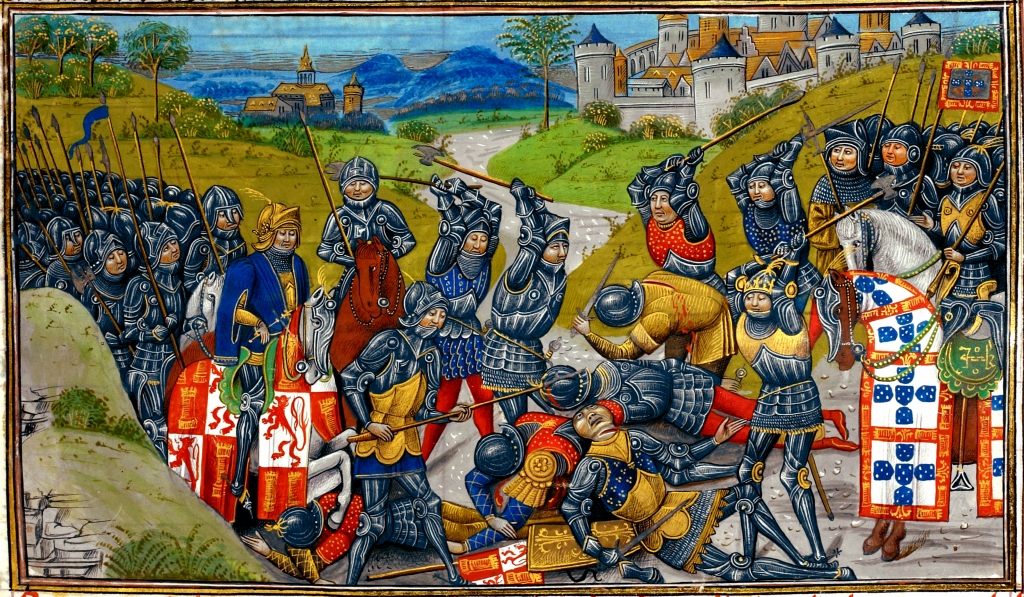
Gameplay and Units
After reading all of this, the player could enter Field of Glory II – Medieval : Reconquista and realize that all of what was said above matches precisely to what the game represents and that, my dearest reader, is a big plus on my book. FoG II recreates armies list to sickening detail, in an almost masturbatory display of historical understanding and knowledge. Muslim armies have massed archers and light cavalry. Europeans will exploit the use of the crossbow to a sickening degree. The heavy knights will rule the battlefield. But how do they fight?
For those of you, less experienced Alcaides (commanders), FoG II is a turn-based strategy game. Each unit has a certain number of actions they can take each turn and, upon moving and/or attacking, the opposing forces do the same. Before swords clash and spears cross, both generals choose their troops from a pool of units with the available points and proceed to deploy them unto the field of battle. Available generals can be switched around if needed before the skirmish begins. Further leadership changes after the dice have been cast can only be made when units are adjacent to one another on the battlefield.
The maps are beautiful, clear and easy to read, also- and this is particularly rare, but I supposed it’s mainly due to it’s board game aesthetic- but the maps aren’t cluttered with all kind of distracting and performance hogging details players will never notice nor spent enough time looking at them to care. The game is a far cry from the drab and brow medieval aesthetic we grew so accustomed to. Instead, it opted for colourful and simple maps, with detailed unit models emulating their minifigs counterparts. Units, for the most part, are easy to distinguish at a glance but be prepared for some eye strain in the middle of epic battles trying to distinguish different types of spearmen and swordsmen. Squint as you might, it’s always going to be a pain, but in the developers defense, there’s only so much one can do to differentiate similar, generic units.
Battles start with clearly separated armies, but in the first couple of turns you’ll see them delve into an amalgamation of small, skirmishes all around the field of scuffle; eventually culminating in a big, climatic clash. This crescendo of action gives battles a sense of flow and organic progression. Some games try to create this but few succeed in the way FoG II does. Take for example Eugen Systems Steel Division battles with it’s artificial padding, by adding 3 distinct “phases” simulating the arrival of units and reinforcements at the field. Even tho it seems to be a good idea on paper, with each one increasing the unit roster and player capabilities what ends up happening is that the reverse is also true: with each phase still blocked the players options are limited and the battles have a very “linear” feel, with clashes linearly increasing across time. FoG II battles ebb-and-flow will increase exponentially, with every small skirmish having the potential to erupt into all out brawls, as dozens of units run in that direction in order to reinforce that position. Sooner rather than later that’s where the decisive conflict is taking place. I’m not sure this is making complete sense, I’m assuming not, but it’s hard to write about physicality and “feeling”, so see it like a very good movie script, with a slow start and ever increasing tension until all that is released in a final confrontation. What surprised me the most is how often Field of Glory II pulls this, which is so frequent it became the norm in my experience.
Having read dozens of contemporaneous battle descriptions during my tenure as an amateur historian there are a lot of similarities on how real battles played out. So this is a system creating very believable outcomes and it’s a joy to watch something you’ve read on a book or centuries old, half eaten cow hive come to life in a very organic, non-script fashion. I enjoy it a lot and it manages to create that feeling of “just one more turn” very consistently.
Every unit in-game has a certain AP (Action Point) that they can use to make several actions, but for the sake of clarity, it mostly consists on maneuvering and/or making contact with the enemy, either by charging, launching javelins or letting arrow loose. Once units are engaged in melee they are not longer able to move until said either one falls back or routs (have in mind that multiple units can attack the same unit at once: per example: 1VS2, 1VS3). This allows for enemy units to be fixed in place and for the more agile cavalry to do a flank attack for extra damage.
Each unit has it’s own stats, quirks, bits and bots to learn about. To have an idea how units different from one another, let’s compare the Knights&Sergeants against the Muslim Spearmen.
| Knights/Sergeants | Muslim Spearmen |
| Type: Knights. Unmaneuvrable | Type: Undrilled Heavy Foot |
| Quality: Superior | Quality: Average |
| Armour: Heavily Armoured | Armour: Protected |
| Capabilities: Knightly Lancers, Swordsmen | Capabilities: Defensive Spearmen |
| AP: 12 | AP: 10 |
| Strength: 116 | Strength: 247 |
The amount of information to have in consideration when moving and taking decisive actions around the battlefield can be astronomically large but FoG II presents this with a simple, sober and bare window below the battle screen. Add to that, that when you’re hovering the mouse above the enemy about to be charged by your cavalry the game predicts the outcome for you: How well are your units going to fare in the original Impact and how well are they going to do in the subsequent Melee (see image below). Most cavalry units will have a Win to Lose/Draw ratio advantage in their Impact, with some charges being absolutely devastating but will lose their edge when engaged in a continuous Melee. Some units even have more than one weapon– the mongols are as excellent with bows as they are with swords, their cavalry is a force to be reckon with and they are as strong as you imagine them to be. Now, add to those variables on the table above that units can be Disrupted, Broken and Routed and it’s easy to see why the game not only has a ocean-wide scale of content variety but also the gameplay depth of the Mariana Trench.
While this information is readily available, the proficiency at making the correct choices and taking into accounts these small things will only come with experience and playtime. A routed unit would usually mean a good thing, but the unit fighting it will try to chase it on it’s own and probably end up surrounded and opening a hole in your line, breaking order and cohesion. Cavalry charges can be evaded by light units and the knights might either stop or will keep on going until they catch them or encounter another unit that might actually counter them and spell their demise. This recklessness of your units act as a nice set back because taking the initiative is a big advantage as it allows the player to pin down enemy troops of their choosing and preventing them to move, essentially allowing the most active commander to decide the flow of the battle. Charge the enemy line and engage the enemy in an inescapable melee, forcing them to fight a certain direction and allowing your cavalry to flank? Or charging and risking the enemy forces escaping and losing control over your units because they’re too busy chasing? By the way, routing units will affect nearby troops and test their cohesion, if they fail, the initial routing can lead to another routing, to another, and another and when the turn is done, that chain reaction can lead battles to a swift and premature end.
FoG II has a certain amount of RNG to it and it’s lovely; I’ve grown more and more accustomed to RNG over the years and I’m at a point that not only do I find it interesting, but also nearly necessary to keep that sweet element of what if. What if your general hadn’t charged- on it’s own!- another unit and changed the outcome of the battle? Ripping a close victory out of the jaws of certain defeat? What if instead of killing 80 guys with a volley your archers and disrupting the enemy, you only managed to trim them down 30 men and they remain cohesive and strong? What if those resilient enemy spearmen lose a 80% Win melee and it weakens them to a point that they’ll eventually rout? Those what ifs are what kick-starts memorable and clutch moments.
History tells us that large formations of men are unwieldy, hard to move coherently and even harder to control in the heat of battle. FoG also simulates this by making certain units march forward and turning as they march cost less AP, then turning to their flanks right where they stand. Cavalry is a perfect example of this, decide to turn hundred of horses around in that turn and your men will be able unable to take more actions, this means that thinking a couple of turns ahead on the movement of units is essential for success on the battlefield.
The complaint box isn’t going away empty tho, as the lack of certain nation specifics units has left me an itch to scratch: where are the Portuguese “Besteiros do Conto”, one of the first instances of a professional corps, mandated by law to train with the crossbow, to keep horses and be properly equipped and ready for war? I’ll give Byzantine Games the benefit of the doubt because the Portuguese have mounted crossbowmen and historical accounts of the “Besteiros do Conto” in-fact mention that those professional crossbowmen would be required to have a horse of their own. When it comes to archers and crossbowman I can’t help but write on how little their impact can be, with range units only being able to fire once or twice before being trampled to death by cavalry or permanently engaged in a melee fight they are bound to lose.
With the Reconquista DLC the game’s unit count will average around 150 and the around the same number of army lists, so that’s a lot to unpack and play with.
The AI is competent on higher difficulties and it will pull some interesting moves like flanking and kiting. It will choose engagements that can win and not blindly move forward and it will also maintain advantageous positions on the field of battle. It’s serviceable and it will put up a fight.
The Editor and Campaigns
Unfortunately I don’t like any of the premade campaigns and to be fully honest nor do I care enough when I’m able to easily create my own with the Sandbox Campaign option, allowing me to take whatever nation I want into a certain numbers of battles at my choice, but even so, I don’t believe that’s where the strength of FoG II lies. Editors are the essence of replayability in most games and FoG II is a giant toolbox to build your own scenarios. The ridiculous amount of units and army lists couple with the easy to use scenario editor means that re-creating the medieval scuffles of your choice should come at a small time investment. If creating mano-a-mano isn’t really something you enjoy, or maybe you just want to jump into the fight with little thought, smack the quick battle button and off you go. For a more personalized experience, setting up a custom battle up shouldn’t take longer than one or two minutes.
Final thoughts
Subject Matter – It’s undeniable that FoG II treats it’s subject matter with the utmost respect. From the delightfully large amount and well researched armies list, the stylized and yet detailed unit models representing historically authentic formations, to the small details like accurate banners- FOG II treats medieval warfare impeccably and, the occasional flaw here or there can go unnoticed into the sea of content there is to explore.
Historical Authenticity– If you don’t mind the minifigs aesthetic and the table top inspired map look, then FoG II should be your go-to video game for medieval clash simulation. The enormous roster, and army lists, the real life banners, the colourful dressing of knights, units accurate to the time period and fulfilling their intended role in battle. The way each unit is meticulously created with so many variables, the movement and routing mechanics nearly recreate the real life difficulties of medieval commanders. I would cast some doubt on the amount of cavalry units most armies field on every single battle, especially the Epic ones. While horsemen were the dominant force on the field of battle I can’t fathom some armies, mainly Spanish ones, deploying so many cavalry, but I might be completely wrong and this is a bit of a nit pick.
Replayability– FoG II is a game rife with endless opportunities to create your own fun and while I’ve played all the Epic Battles available I have to say that I’ll rather boot up a custom battle any day of the week.
Mechanical Depth- Field of Glory is no War In The East 2, nor it needs to be. On the surface it’s a simple enough game with an acceptable low bar for entry, helped a lot by a simple and intuitive UI, but the more battles you play the larger the pool of tactical possibilities seems to be. Couple this with an increasing ability to gather more information and player will soon find themselves pondering over the field like Kasparov over a chess board.
Conclusion- To me, personally, FoG II Medieval: Reconquista is a dream come true. I make no effort in hiding that this is a very dear subject to me and that might influence my opinion on the game, but if you share the same interest in medieval warfare that I do, then expect to be delighted. FOG II Medieval with the Reconquista DLC stands as the highest bar on the market in tactical, medieval combat, with no competition in sight. FoG II Medieval: Reconquista is now officially stamped with Strategy and Wargaming seal of approval.
Features of the game on the Steam page:
- 20 more nations and factions covering Spain, Italy and North Africa from 1040 AD to 1270 AD. These include Andalusians, Almohads, Arabs, Aragonese, Byzantine Catapanate of Italy, Castilians/Leónese, Catalans, Granadines, Hafsids, Italian Guelfs, Italian Ghibellines, Italo-Normans, Lombards, Marinids, Murabits, Navarrese, Papal, Portuguese, the Kingdom of Sicily and Tuaregs. Each of these has their own historically accurate banner.
- 41 more units, allowing the troops of all of the new factions to be accurately represented.
- 45 more army lists allowing historically realistic armies for each of the above factions and their allies at different dates during the period, and bringing the total number of Medieval army lists to 103. In addition armies can include contingents from historical allies. This gives more than fifty thousand permutations. You will never run out of new matchups to try.
- 8 more historical scenarios covering key engagements of the period on an epic scale. These include Monte Maggiore 1041, Civitate 1053, Cabra 1079, Sagrajas 1086, Legnano 1176, Las Navas De Tolosa 1212, Montaperti 1260 and Benevento 1266.
- 33 more historical matchups added to Quick Battle mode, increasing the total to 98, playable from either side.
- 4 more historically-based campaigns covering major leaders and conflicts of the era: El Cid, Muhammad II of Granada, Normans in the South and Frederick II Hohenstaufen.
- Sandbox campaign expanded to include all the new army lists, allowing you to lead any nation (and their historical allies) against any other nation (and their allies) – giving thousands of permutations.
Follow Strategy and Wargaming Socials
Strategy and Wargaming needs you to follow its socials. Are we the best strategy gaming website around? I would say so. Heck, what other options do you have? The Wargamer? Please.
So why not give us a follow on the cesspool that is Twitter, or join the 1000 other geriatric patients on Facebook? Or subscribe down below? Or maybe do everything? I don’t care, I’m not your grandmother.
If you enjoyed the article, consider buying me a coffee!
I’ve been running Strategy and Wargaming at my own expense since 2017, with only the ad revenue to cover the hosting, with everything else being done by me. So, if you’re an avid reader, you can afford it, and want to support the website, please consider Buying Me a Coffee by clicking this link, for as low as one euro! If you do, just know that you’re helping out a lot and contributing so that Strategy and Wargaming can continue growing!









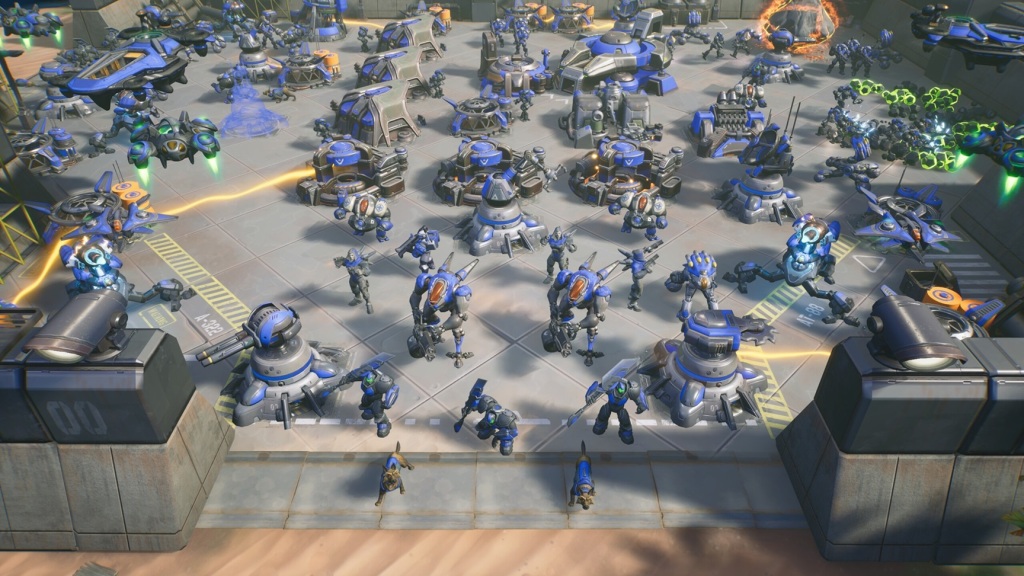
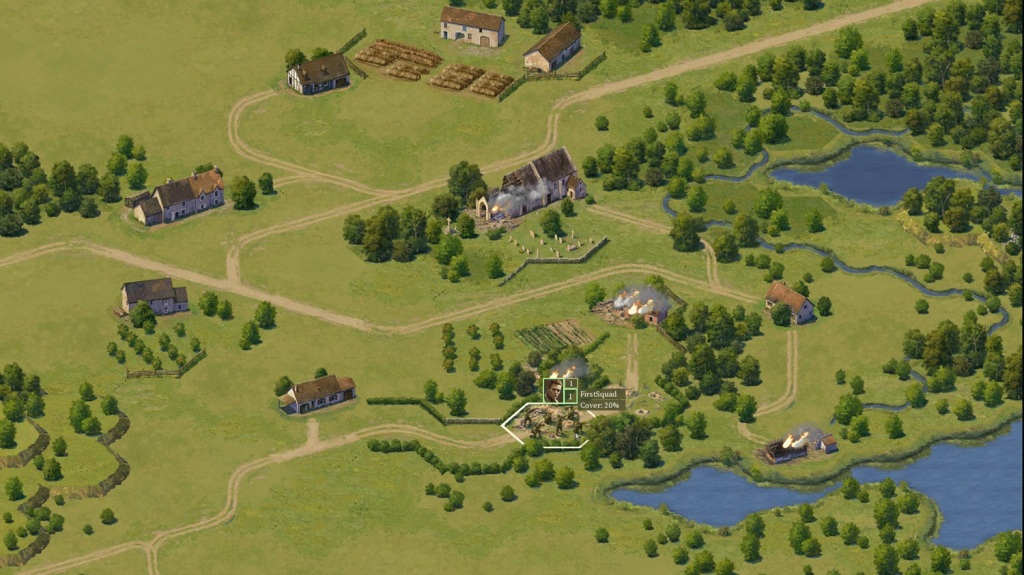
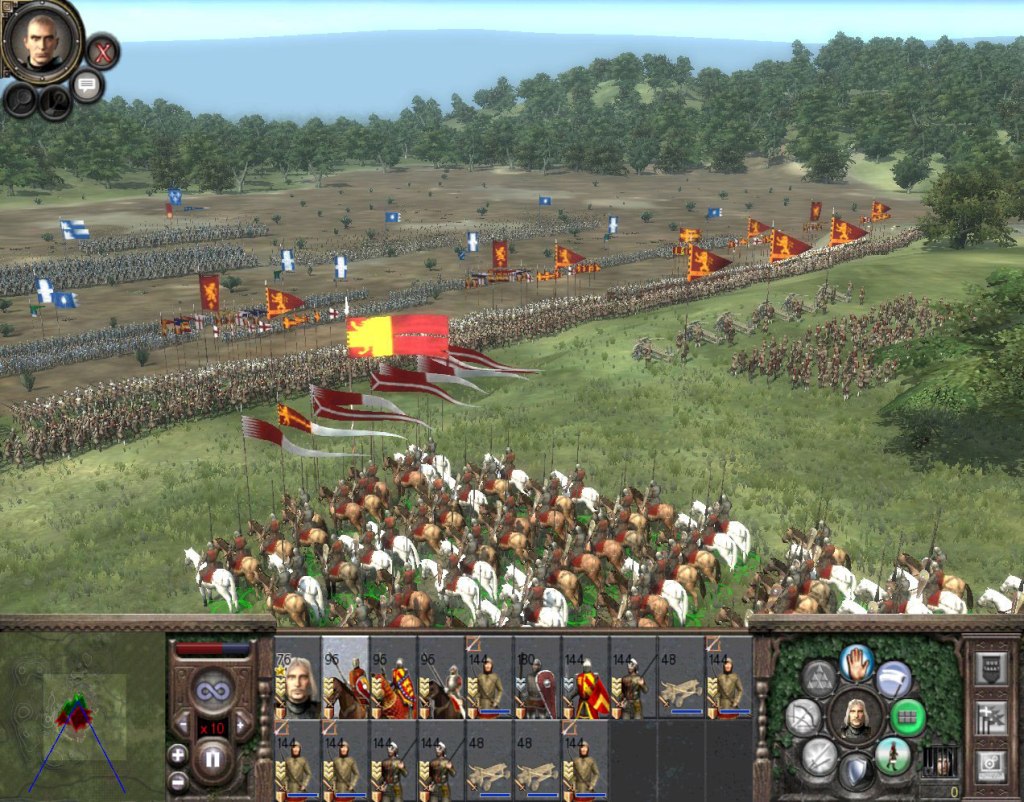
Leave a comment